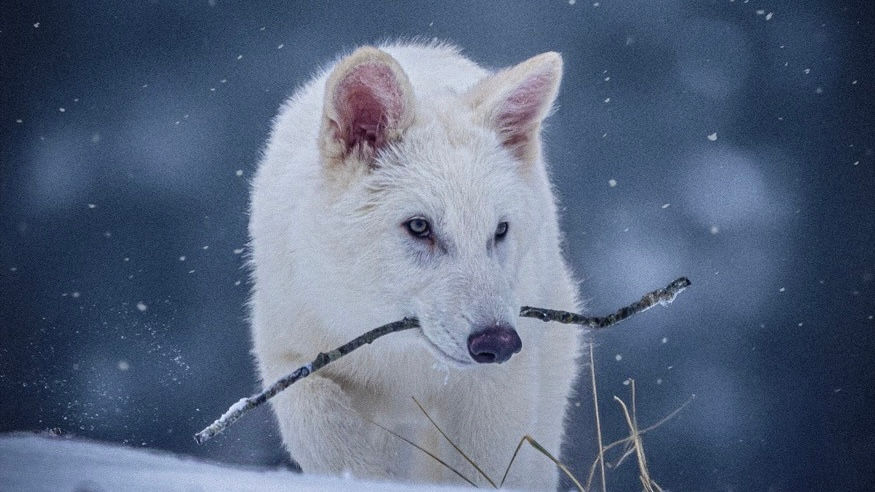Colossal Biosciences Achieves World’s First Full De-Extinction with Dire Wolves
- paolo bibat
- Apr 8
- 2 min read

Dallas-based biotechnology firm Colossal Biosciences has successfully revived the dire wolf (Aenocyon dirus), an apex predator extinct for over 12,500 years, marking the first full de-extinction of an animal species.
The breakthrough, achieved through advanced gene editing and cloning, involved modifying gray wolf DNA with 15 extinct dire wolf genetic variants to recreate key traits such as larger skulls, robust jaws, and lighter fur.

Three pups—Romulus, Remus, and Khalesi—were born between October 2024 and January 2025, now residing in a secure 2,000-acre preserve.
The project utilized DNA extracted from a 13,000-year-old tooth and a 72,000-year-old skull, editing gray wolf genomes to express dire wolf-specific genes linked to size, morphology, and pigmentation.
Chief Scientist Beth Shapiro emphasized the use of non-invasive cloning technology, with surrogate dogs—later adopted through humane channels—carrying the embryos. Colossal simultaneously cloned four critically endangered red wolves, demonstrating how de-extinction tools can aid species preservation.
The company’s proprietary gene-editing platform achieved 20 precision germline edits, surpassing previous benchmarks set by its “woolly mouse” project, which engineered cold-resistant traits modeled after woolly mammoths.

While Colossal touts the dire wolf’s revival as a milestone in “human stewardship of life,” critics question its ecological and ethical implications.
Dr. Julie Meachen, a dire wolf expert, argues the hybrids are “mostly gray wolf” and urges focus on conserving extant species like the red wolf, which has fewer than 25 individuals in the wild. Bioethicist Dr. Robert Klitzman warns of unintended consequences, such as creating “super predators” that disrupt ecosystems.
Colossal counters that its technologies, including AI-driven genome analysis and CRISPR innovations, will benefit human healthcare and biodiversity, citing partnerships with Re:wild to protect endangered species.

Backed by $435 million in funding—including a $200 million Series C round at a $10.2 billion valuation—Colossal has attracted high-profile investors like Tom Brady, Paris Hilton, and Peter Jackson.
CEO Ben Lamm positions the firm as a product-driven entity aiming to commercialize technologies for conservation and medicine. The company is now accelerating efforts to resurrect the woolly mammoth by 2028, leveraging lessons from the dire wolf project to address challenges like uterine implantation and ecological reintegration.
The achievement reignites debates over humanity’s role in reshaping nature. While Shapiro asserts that avoiding genetic engineering risks irreversible biodiversity loss, critics stress the need for stringent oversight.
Colossal’s collaboration with North Dakota to preserve bison populations exemplifies its dual focus on de-extinction and conservation, though experts caution that technological ambition must align with ecological ethics.
As Colossal advances toward its mammoth target, the dire wolf project underscores both the transformative potential and unresolved dilemmas of de-extinction science—a field poised to redefine humanity’s relationship with the natural world.


































